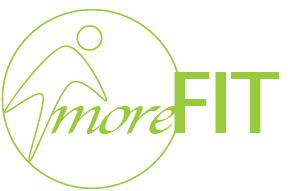Movement is a Strong Medicine.
Muscles are the largest consumer of sugar in the body, increased muscle mass reduces the chance of excess sugar accumulating in the blood, which is essentially what diabetes is. Regular physical activity reduces inflammation in the cardiovascular system and affects the secretion of clotting hormones, allowing blood to flow more easily to muscles and preventing the formation of deadly clots. Moderate exercise (at least 150 minutes a week of medium-intensity exercise like walking) combined with diet changes can also reduce the amount of potentially deadly fat in the liver. Study after study has shown that overweight and obese people who work out can reap such benefits and improve their metabolic health even if they don’t shed a pound. If you are exercising regularly, you shouldn’t necessarily be looking at the scale to determine how healthy or fit you are. Adding regular physical activity can reduce the proportion of fat to muscle and affect where fat is distributed. As little as a 20-minute daily walk can reduce the amount of visceral fat that reaches deep into the abdomen. That’s the fat that health experts worry about, because it is linked to heart disease, diabetes, and a higher mortality rate. There’s even evidence suggesting that exercise stimulates the production of a substance called irisin in muscle tissue. This hormone appears to transform fat cells, like those in belly fat , into cells, which are metabolically active and actually burn calories.
, into cells, which are metabolically active and actually burn calories.
The scale doesn’t necessarily reflect all of this. Neither does the body mass index (BMI), which uses only height and weight to estimate how much body fat we ostensibly have. A growing number of doctors are now measuring patients’ waist circumference as part of their standard physical exams
we ostensibly have. A growing number of doctors are now measuring patients’ waist circumference as part of their standard physical exams .
.
Researchers at Pennington Biomedical Research Center in Baton Rouge, Louisiana, have devised an index that takes body shape into account when assessing a person’s health. The body roundness calculator (pbrc.edu/bodyroundness) uses hip and waist measurements in addition to weight and height. Boudyroundness indicator, a new shape measure, is a predictor of %body fat and %VAT and can be applied as a visual tool for health status evaluations. The closer to a circle shape a person is, the more visceral body fat has. Important is to focus on realistic goals and expectations, including exercising regularly and being more active every day. Don’t stop moving just because the scale has showing you a number you don’t like to see.
